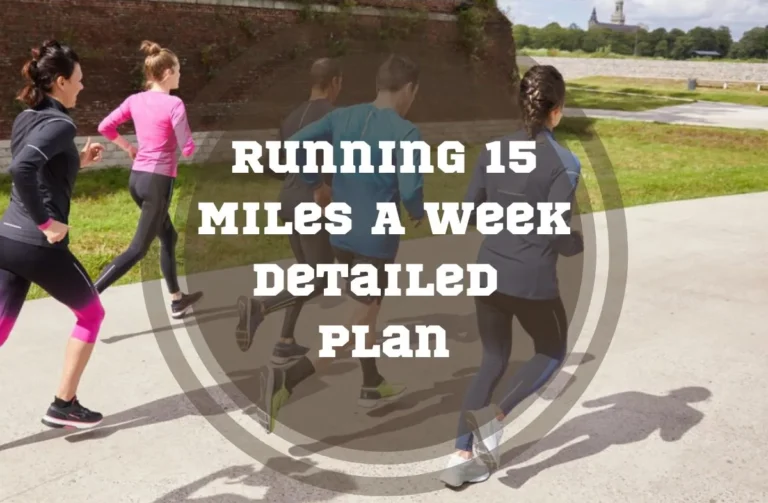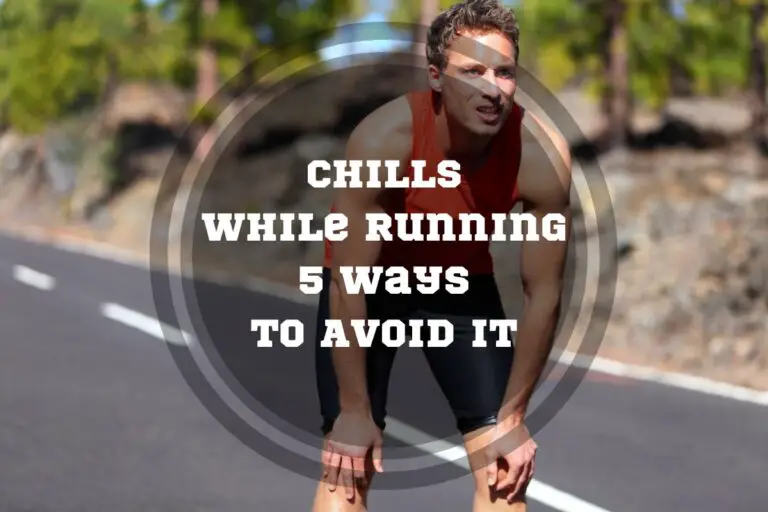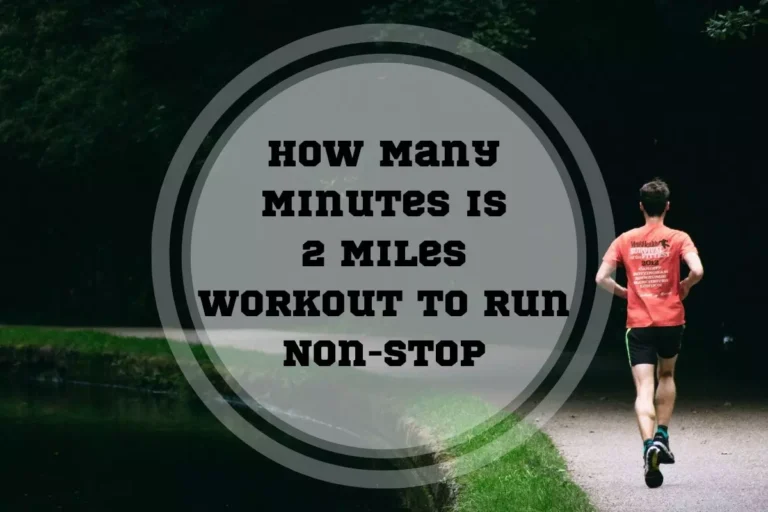Running Barefoot on Treadmill: 3 Benefits + 3 Drawbacks
Running barefoot on treadmill is a hot topic in the fitness world. In this article, we’ll explore the pros and cons of running barefoot on treadmill and answer a common question: Is it bad to run barefoot on a treadmill?
can you run barefoot on the treadmill?
Ultimately, running barefoot on the treadmill is a personal choice. It can enhance sensory feedback and promote a more natural running form, but it is important to ensure a proper warm-up and gradual progression and to evaluate your comfort level to minimize the risk of injury.
Running Barefoot on Treadmill: How It Works and Whether You Should Do It
Running barefoot on treadmill simply means running without any footwear on a motorized treadmill. The idea behind this practice is that our feet are naturally designed for running, and wearing modern running shoes may interfere with their natural movement. People argue that by removing the cushioning and support provided by shoes, running barefoot can help us develop a more efficient and natural running stride.
When running barefoot on a treadmill, the absence of shoes allows our feet to feel the ground more directly. This increased sensory feedback helps us adjust our stride, allowing for a softer landing and better distribution of impact forces.
Running on treadmill barefoot encourages a forefoot or midfoot strike, where the front or middle part of the foot makes initial contact with the ground, instead of landing on the heel.
When it comes to safety, running barefoot on treadmill can be a viable option if approached with care and proper preparation. However, individual circumstances should be taken into consideration, including foot structure, running experience, and any existing foot or ankle conditions. Some people may have specific biomechanical factors or medical conditions that make barefoot running unsuitable or potentially risky.
3 Benefits of Running Barefoot on a Treadmill
While running outside without shoes might not always be practical or safe, using a treadmill provides a controlled environment where you can experience the benefits of this natural way of running. Here are some of the benefits of running barefoot on a treadmill:
1. Strengthens Foot Muscles
Running on a treadmill without shoes engages the muscles in your feet that are often ignored when wearing supportive running shoes. By removing the cushioning and support provided by shoes, running barefoot forces your foot muscles to work harder. This can help improve your balance and reduce the risk of common foot injuries like plantar fasciitis and Achilles tendonitis.
2. Improved Sense of Body Position
Running barefoot on a treadmill enhances your body’s ability to sense its position and movement, as well as the force exerted by its various parts. When you run without shoes, your feet directly interact with the surface, providing you with more sensory feedback. This increased feedback helps you develop a better sense of your body’s position and movement, which can lead to improved running form and efficiency.
3. Better Running Technique
Wearing cushioned shoes often changes your natural running style, leading to inefficient mechanics and increased stress on your joints. Running on a treadmill without shoes promotes a more natural and efficient stride, encouraging proper foot strike patterns. This can help reduce the risk of injuries related to overstriding, such as shin splints and knee pain.
Subscribe to Our Running Newsletter!
Get free running tips from renowned professional athletes and discounts from top-notch brands.
3 Disadvantages and Risks of Running Barefoot on a Treadmill
Although running barefoot on a treadmill can offer certain benefits, such as enhanced leg strength and improved balance, some people also wonder is it bad to run barefoot on a treadmill? Let’s have a look at some of the potential disadvantages and risks associated with running on treadmill barefoot.
1. Lack of Cushioning and Shock Absorption
One of the main drawbacks of running barefoot on a treadmill is the absence of cushioning and shock absorption typically provided by running shoes. Treadmill belts are generally harder than natural terrain and running tracks, which can increase the impact on your feet and joints.
Without proper cushioning, the repetitive stress from the impact may lead to discomfort, pain, and potential injuries like stress fractures, plantar fasciitis, or shin splints.
2. Limited Protection
Running shoes offer protection to the feet by acting as a barrier against sharp objects, debris, or rough surfaces. When running barefoot on a treadmill, you lose this protective layer, making your feet more susceptible to cuts, blisters, or bruises. Additionally, treadmill belts can accumulate dust, dirt, and small objects, which may cause discomfort or injury if they come into contact with your bare feet.
3. Hygiene Concerns
Treadmills in gyms and other public places are shared by numerous individuals. If you run on them without shoes, you expose your feet to potential hygiene issues. The surface of the treadmill can contain bacteria, fungi, or viruses that can cause infections or uncomfortable foot conditions like athlete’s foot. Ensuring proper cleanliness and hygiene by sanitizing the treadmill before use becomes even more critical when running barefoot.
3 Ways How to Run Barefoot on a Treadmill Correctly
Running barefoot on treadmill can be a wonderful experience, as it allows your feet to move naturally. However, it’s crucial to follow certain guidelines to ensure you run barefoot on a treadmill correctly and reduce the risk of injury. If you are wondering can you run barefoot on treadmill, here are some tips to help you do so properly.
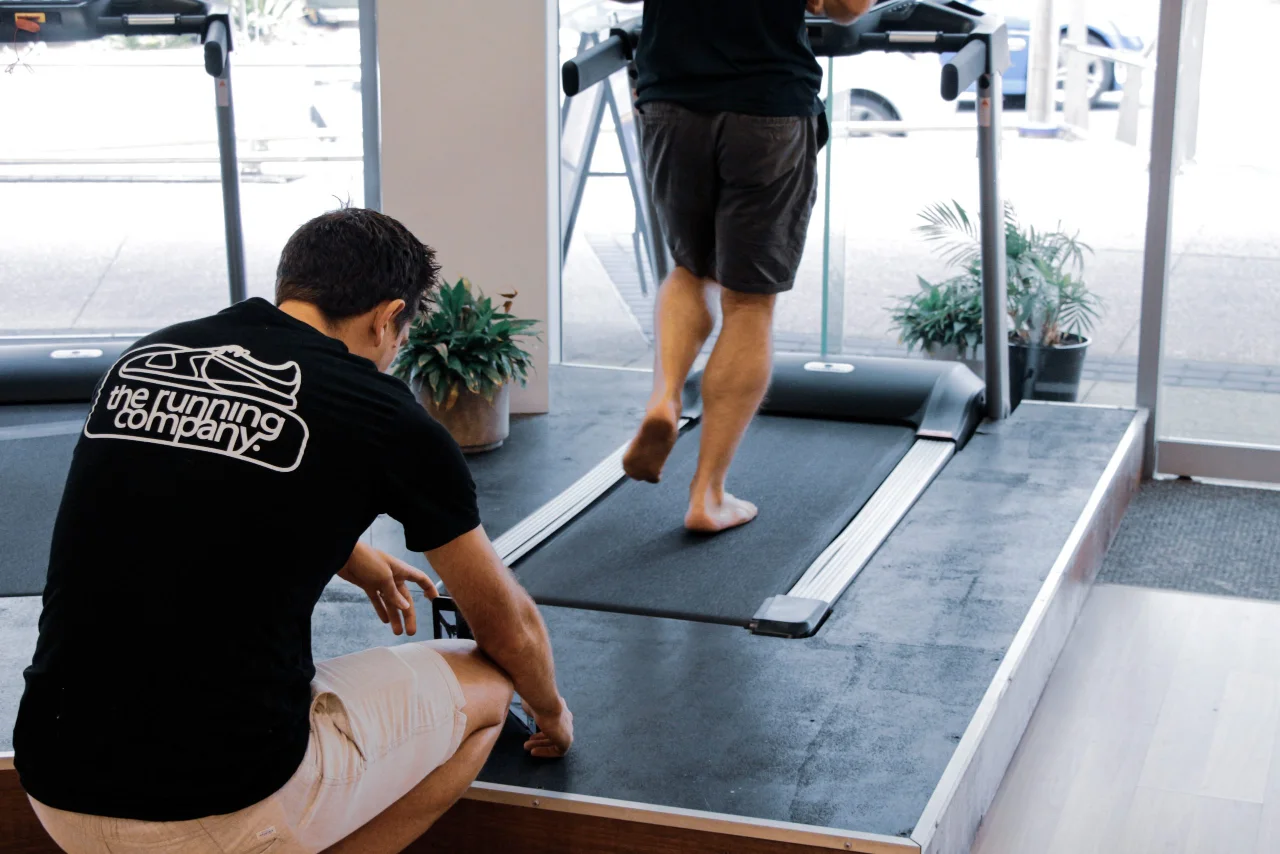
1. Warm-Up and Gradual Progression
It’s essential to warm up your muscles and prepare your body for the workout before you start running barefoot on a treadmill. You can perform dynamic stretches and exercises that increase blood flow and loosen up your muscles. It’s also important to start with shorter sessions and gradually increase the duration and intensity of your barefoot treadmill runs over time.
2. Maintain Proper Running Form
Focus on maintaining proper running form while running barefoot on a treadmill. Keep your posture upright, with your head aligned with your spine. Relax your shoulders and engage your core muscles. Avoid landing with your foot too far in front of your body (overstriding), aiming for a midfoot strike instead. This means your foot should land beneath your hips, which promotes a more efficient and natural running gait.
3. Choose the Right Treadmill
Choosing the right treadmill is also important when running barefoot. Look for a treadmill with a textured or non-slip surface to ensure good traction. A cushioned deck can help absorb some of the impact, reducing stress on your joints. Furthermore, make sure the treadmill is properly maintained and the belt is in good condition. A worn-out or uneven belt can increase the risk of slipping or injury.
3 Alternatives to Running Barefoot on a Treadmill
For those who prefer not to run barefoot or have concerns about hygiene or safety, there are alternative options available. Let’s explore some alternatives to running barefoot on a treadmill that can still provide similar benefits.
1. Minimalist Running Shoes
One popular alternative to running barefoot on a treadmill is using minimalist running shoes. These shoes are designed to mimic the feeling of running barefoot while providing a thin layer of protection. They have a flexible sole and minimal cushioning, allowing your feet to move naturally and promoting a more natural gait.
2. Toe Shoes
Toe shoes, also known as toe socks or minimalist toe shoes, are another alternative to consider. These unique shoes have individual compartments for each toe, offering a barefoot-like experience while still protecting the feet. Toe shoes allow for natural foot movement and toe splay, which can improve balance and stability.
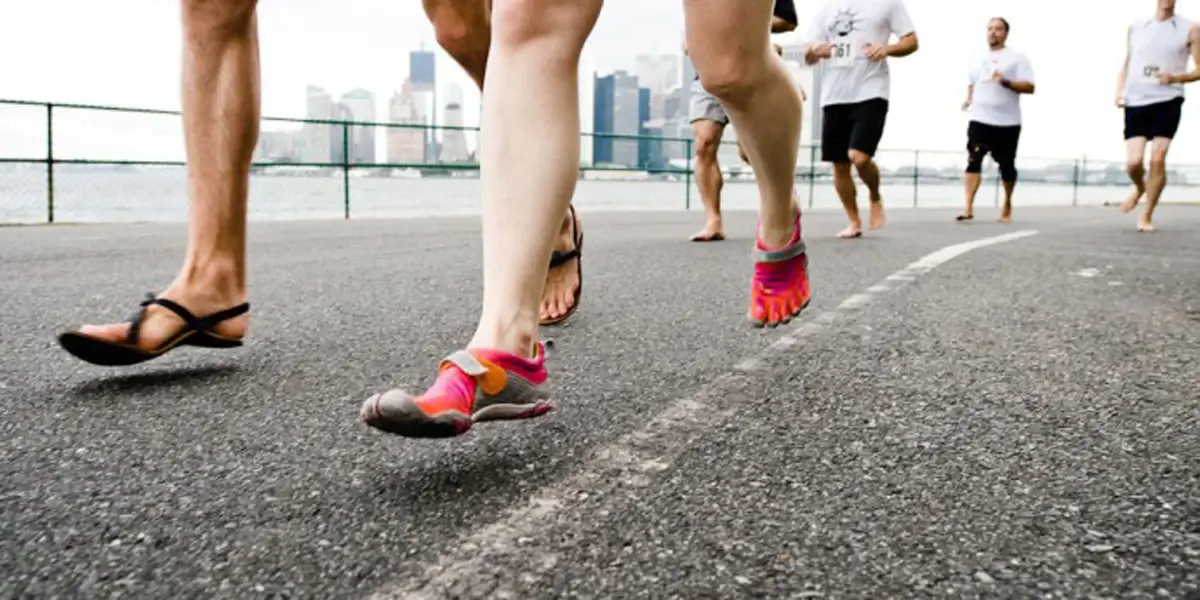
3. Lightweight Running Shoes
If the idea of minimalist or toe shoes doesn’t appeal to you, lightweight running shoes might be a suitable alternative. While they provide more cushioning than minimalist options, they are still lighter and more flexible than traditional running shoes, offering a balance between protection and a natural running experience.
Frequently Asked Questions About Running Barefoot on Treadmill
Is It Bad to Run Barefoot on a Treadmill?
Running barefoot on a treadmill can have drawbacks. Without proper cushioning and support, the impact can strain your feet, increasing the risk of injuries like stress fractures and plantar fasciitis.
Is Running on a Treadmill Easier on Your Feet?
Running on a treadmill can be easier on your feet compared to running outdoors on hard surfaces. The treadmill’s cushioned surface absorbs some of the impact, reducing stress on your feet and joints.
Can You Run on a Treadmill with Socks?
It is possible to run on a treadmill with socks, but it is generally not recommended. Running without proper footwear increases the risk of foot-related issues, such as blisters and lack of support. It’s advisable to wear appropriate running shoes to provide cushioning, stability, and protection for your feet.
Final Thoughts on Running Barefoot on Treadmill
In conclusion, running barefoot on treadmill is a stimulating and beneficial exercise option for individuals seeking a holistic running experience. By ditching traditional footwear, runners can enhance their foot strength, refine their balance, and minimize stress on their joints. If you’re looking for a new and refreshing way to engage in cardio workouts, give running barefoot on a treadmill a try.
Also read:
- How to Keep Shorts From Riding Up
- Average 200 Meter Time
- What to Eat After a Half Marathon
- Coffee After Running
- Eat Banana Before Run
- Average 3 Mile Run Time
- Best Beach Running Shoes
- How Many Miles Is 30 Minutes
References:
- Barefoot running claims and controversies: a review of the literature // PubMed: https://pubmed.ncbi.nlm.nih.gov/21622635/
- Achilles tendinitis // Mayo Clinic: https://www.mayoclinic.org/diseases-conditions/achilles-tendinitis/symptoms-causes/syc-20369020
- Barefoot running: biomechanics and implications for running injuries // PubMed: https://pubmed.ncbi.nlm.nih.gov/22965347/
- Barefoot running: does it prevent injuries? // PubMed: https://pubmed.ncbi.nlm.nih.gov/23990440/
- Long-Term Effects of Habitual Barefoot Running and Walking: A Systematic Review // PubMed: https://pubmed.ncbi.nlm.nih.gov/27801744/
If you have any questions or suggestions, you can contact us via email – [email protected]

